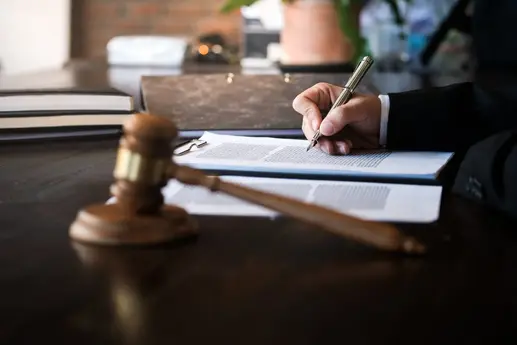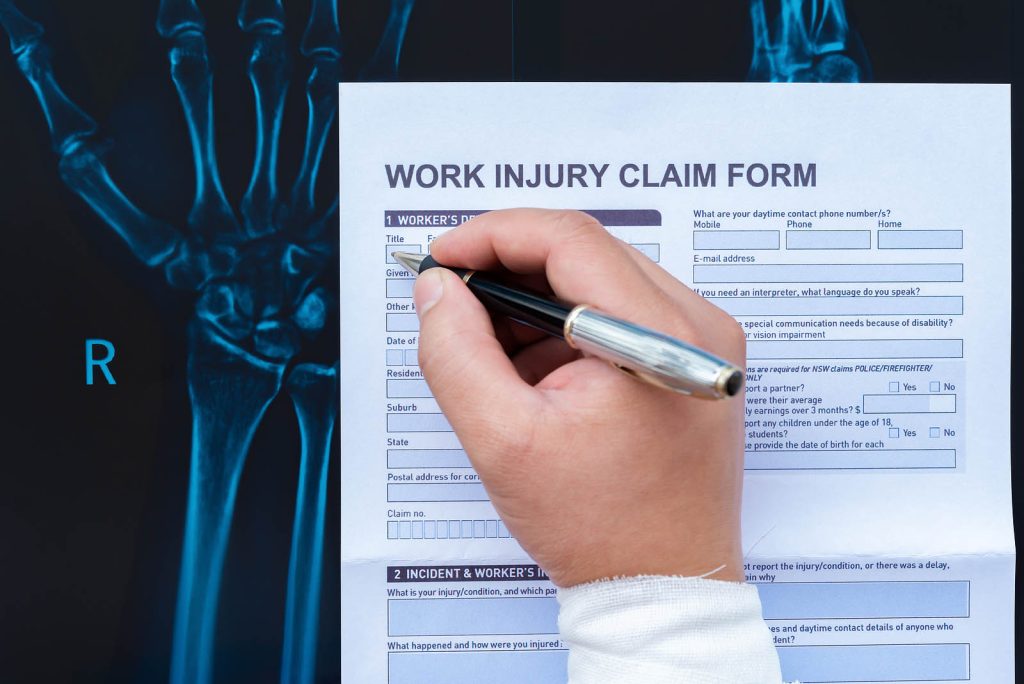 Leandra’s Law: One Year Later
Leandra’s Law: One Year Later
Fairness, integrity and trust should be the foundation of all client-lawyer relationships. When you turn to an attorney to represent you in a sensitive matter, it’s important to know that your interests will be protected by a person of integrity whom you trust to treat you fairly.
This is particularly true in personal injury cases, such as car accidents. If you’ve been injured, getting your life back on track depends to a great degree on the success your attorney has on your behalf. An attorney who empathizes with your injuries and pursues compensation for you with passion and skill is a crucial ally in your journey of recovery.
Unfortunately, there are attorneys out there who view ethics as an inconvenience and are motivated mainly by fees. As a prospective client, your task is to separate the wheat from the chaff and find someone you can trust.
Avoid Solicitations
An injured person at the scene of an accident or in the hospital is in a vulnerable state. No matter how strong you are, it can be a time of emotional weakness. You need to be wary of attorneys who might try to exploit that.
Some law firms make deals with tow truck companies who respond to car wrecks, trolling for cases. Other firms pay cash for referrals or employ “runners” to ply the hospitals, seeking to thrust business cards into the hands of injured people or their families.
This type of unethical behavior is contrary to legal ethics. It can also lead to insurance fraud. In Texas, this was one the reasons for the passage two years ago of House Bill 148, a law prohibiting the solicitation of victims of motor vehicle accidents in the first 30 days after the accident. The U.S. Court of Appeals for the Fifth Circuit recently upheld that law.
In New York, Rule 7.3(e) of the New York Rules of Professional Conduct has a similar 30-day prohibition on contacting accident victims.
Seek An Ethical Lawyer
One of the best ways to find a lawyer is through a referral from someone you already know and trust. If a particular attorney or law firm has already done good work for a friend or family member, it makes sense to start your search for a lawyer with that person or firm. As an injured person, however, you cannot always count on knowing someone who can provide such a referral.
If you are looking online for a law firm in your area, make sure to keep ethics at the forefront of your Internet search. See what types of testimonials from satisfied clients the firm may have on its website. Do the same for charitable and other community activities the firm is involved in.
Look for a firm whose community ties and strong record for client service are well established. After all, attorney ethics involve more than merely avoiding ambulance chasing or refraining from making extravagant promises about getting clients a bunch of money. Ethics should be an expression of commitment to justice, integrity and the common good.


